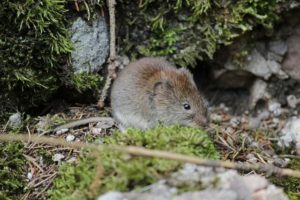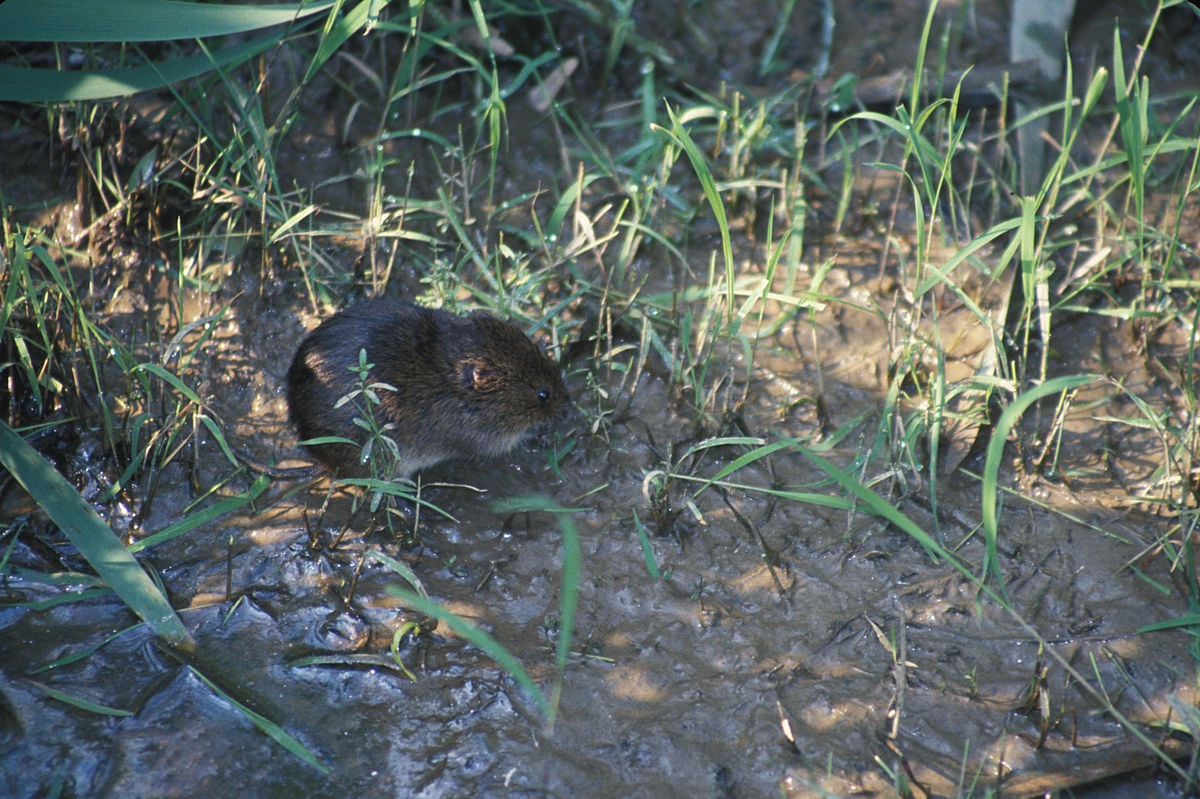Taking Care Of Vole Damage: Effective Control Approaches
Taking Care Of Vole Damage: Effective Control Approaches
Blog Article
Unleashing the Power of Vole Insect Control: Advanced Techniques for Problem Removal and Treatment
As the determination of vole infestations remains to test homeowner and farming specialists alike, the pursuit for extra efficient and effective bug control techniques heightens. In the realm of vole monitoring, standard approaches usually drop short in attaining long-term remedies. Current developments in parasite control innovation and approaches have opened up new opportunities for combating these elusive rodents. By exploring sophisticated trapping methods, strategic exclusion approaches, environment-friendly repellents, and integrated bug monitoring services, an encouraging horizon emerges in the fight against vole invasions.
Vole Parasite Identification and Evaluation
Voles, tiny rodents that appear like mice however have much shorter tails, are commonly determined pests in gardens and backyards, calling for comprehensive evaluation to establish the level of their infestation. Identifying voles involves acknowledging their distinctive features, such as their stocky bodies, short legs, and little eyes. They are commonly around 3 to 9 inches long and can vary in color from grey to brown.
Assessing vole invasions is important for carrying out efficient bug control techniques. Signs of vole presence consist of paths in grassy areas, harmed plants, and little burrow openings near the surface. By inspecting these indications, homeowner can assess the severity of the problem and develop proper obliteration techniques.

Cutting-Edge Capturing Methods
Efficient vole bug control demands remaining abreast of the latest innovations in trapping methods to effectively handle problems in backyards and yards. One sophisticated strategy is the usage of online traps that capture voles without causing injury, permitting for their risk-free removal and release in an ideal environment away from property areas.
In addition, some electronic traps are outfitted with sensing units and remote tracking capabilities, making it possible for homeowners to track vole task and trap status from a range, improving the overall efficiency of vole insect control initiatives. By integrating these advanced capturing techniques right into insect management approaches, house owners can deal with vole problems with precision and concern.

Strategic Exclusion Approaches
Applying strategic exemption methods is important in avoiding vole invasions and securing gardens and lawns from damage triggered by these insects. These barriers ought to be buried at least 12 inches deep and rise 6 inches above the ground to protect against voles from burrowing underneath or climbing up over them.
One more crucial exemption technique is using gravel or rock mulch as opposed to natural mulch. Voles are less likely to passage via rough terrain, making this a less attractive environment for them. On a regular basis checking the boundary of the garden or backyard for voids in foundations, fences, or wall surfaces is important. These entry points need to be secured with products like concrete or metal blinking to protect against vole gain access to.
Eco-Friendly Repellents and Deterrents
Making use of ecologically friendly repellents and deterrents is a lasting method to managing vole populaces and lessening damage to yards and lawns. Green choices are gaining appeal because of their effectiveness in fending off voles without creating injury to the redirected here environment, pet dogs, or helpful wildlife. One usual green method is making use of natural vole repellents such as castor garlic, oil, or killer pee, which develop undesirable scents for voles, driving them far from treated find out locations.
One more environmentally friendly deterrent is the use of physical obstacles like wire mesh or equipment cloth to shield susceptible plants and bulbs from vole damage. These barriers act as a preventive procedure against vole invasion while enabling proper aeration and drainage in the soil.
In addition, presenting vole killers like owls or installing nest boxes can help naturally control vole populations in a garden or lawn. By motivating all-natural killers, a well balanced community can be preserved without the requirement for dangerous chemicals or catches. On the whole, incorporating green repellents and deterrents in vole parasite control strategies advertises environmentally conscious and sustainable practices.
Integrated Pest Monitoring Solutions
An all natural strategy to taking care of vole populaces and mitigating damages in yards and yards entails the thorough method of Integrated Bug Administration Solutions. Integrated Insect Management (IPM) combines numerous strategies to attend to vole invasions effectively while minimizing ecological effect. This method integrates organic, cultural, physical, and chemical control techniques to achieve long-term parasite control.
One trick element of IPM is the emphasis on prevention. By implementing measures such as environment alteration, exemption strategies, and preserving correct garden hygiene, home owners can develop settings less conducive to vole habitation. Additionally, biological controls, such as presenting all-natural predators or making use of vole-resistant plant selections, can aid take care of vole populations without turning to chemical interventions.
When chemical control ends up being required, IPM concentrates on using targeted and eco-friendly chemicals in a specific way. This decreases the overall chemical tons on the environment while This Site successfully managing vole populaces. Regular surveillance and assessment are also important components of IPM, enabling adjustments to approaches based on pest populace dynamics and efficiency of control measures. By embracing Integrated Pest Monitoring Solutions, property owners can attain sustainable vole bug control while advertising community wellness in their yards and gardens.
Verdict
Finally, the advanced techniques for vole insect control talked about in this post give reliable remedies for problem eradication and treatment. By implementing a combination of trapping, exclusion, repellents, and integrated pest management strategies, homeowner can successfully take care of vole populaces and stop further damages. It is vital to properly determine and evaluate vole pests, and utilize eco-friendly methods to attend to infestations in a sustainable fashion - vole control. These methods supply a detailed technique to vole insect control for long-term success.
As the perseverance of vole invasions proceeds to challenge residential or commercial property proprietors and agricultural professionals alike, the pursuit for a lot more effective and reliable parasite control methods magnifies. In addition, some digital traps are geared up with sensing units and remote tracking capabilities, allowing homeowners to track vole activity and catch status from a range, enhancing the total effectiveness of vole parasite control efforts. One usual environment-friendly method is utilizing all-natural vole repellents such as castor oil, garlic, or predator pee, which develop unpleasant fragrances for voles, driving them away from dealt with areas.
In addition, introducing vole killers like owls or setting up nest boxes can assist normally control vole populations in a yard or yard. By taking on Integrated Pest Administration Solutions, home owners can achieve lasting vole pest control while promoting environment health in their gardens and backyards.
Report this page